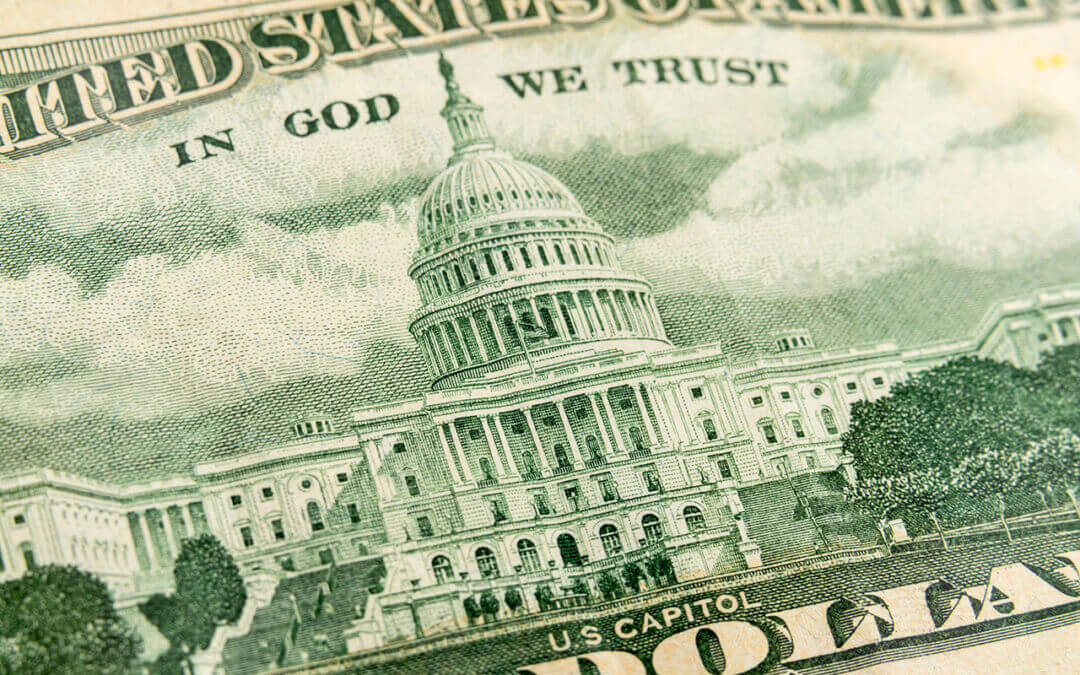Completing the unfinished New Deal to overcome 21st century U.S. economic inequality

President Joe Biden wants Congress to enact his two signature legislative packages—the $1 trillion bipartisan physical infrastructure plan passed by the U.S. Senate earlier in August and a $3.5 trillion social infrastructure package currently being crafted by Democratic congressional leaders. President Biden argues that these investments are needed to ensure the U.S. economy “builds back better” as it recovers from the coronavirus recession.
But even President Biden’s “big” rhetoric doesn’t fully capture the scope of his policy ambitions. He wants nothing less than to complete the unfinished business of President Franklin D. Roosevelt’s 1930s-era New Deal, once again rejecting fiscal austerity while correcting for racist carve-outs, filling in the holes in our social and care infrastructure, and investing to abate the increasingly dire consequences of climate change. And he wants to demonstrate that the federal government—and the democratic processes undergirding it—can deliver for everyday workers and their families in the United States.
Congress too has embraced this “unfinished New Deal” rhetoric, even going so far as to establish a Select Committee in the House of Representatives explicitly modeled on the FDR-era Temporary National Economic Committee, which was launched in 1938 to study the deleterious effects of overly concentrated economic power. The new House Select Committee on Economic Disparity and Fairness in Growth, chaired by Rep. Jim Himes (D-CT), promises to “develop solutions to the key economic issue of our time: the yawning prosperity gap between wealthy Americans and everyone else.”
Of course, the government programs that were first set up by the New Deal nearly a century ago—the Social Security Act turned 86 earlier this month—need a thorough update to address today’s different economic challenges and help the types of workers who were left behind by President Roosevelt.
Take, for example, infrastructure investment. The ringing success of the Tennessee Valley Authority—designed explicitly to bring electricity and economic development to one of the nation’s poorest regions of the early 20th century—baked into our policymaking the idea that the federal government has a wide-ranging obligation to provide for the overall public good through large investments in infrastructure. This is likely one reason why the physical infrastructure bill, which includes $550 billion in new investments in transportation, water systems, broadband networks, and electricity grids, won bipartisan support in the Senate. Unlike during the New Deal, though, these investments are, in many cases, specifically designed to provide Black, Latinx, and Indigenous communities with affordable transportation to jobs, safe drinking water, and reliable broadband access, addressing our country’s continuing racial inequities.
Similarly, President Biden’s proposals include investments in a range of job-creating projects to mitigate the effects of climate change, harkening back to President Roosevelt’s commitment to provide good-paying jobs to the many unemployed men laid low by the Great Depression. Today, of course, many U.S. industrial workers—men and women alike—are struggling in our post-industrial economy.
One group that President Roosevelt’s programs left out, though, were domestic service workers, mostly women and especially women of color. They were denied the benefits of the New Deal because of the opposition of racist politicians in the president’s Democratic congressional coalition and due to societal expectations at the time that men were the appropriate sole breadwinners for families. President Biden’s Build Back Better plans attempt to counteract these explicitly racist and sexist New Deal shortcomings by recognizing the role of women in the workforce and in caregiving, especially women of color, and investing accordingly.
The initial physical infrastructure plan, for example, included investments in long-term care services and long-term care workers, a large majority of whom are underpaid women of color. Those provisions were dropped by the Senate, but there is still a chance that the authors of the social infrastructure package take up the fight and begin to right those New Deal wrongs.
The social infrastructure package also could include a multibillion-dollar investment in child care—an investment that research demonstrates can boost parents’ labor force participation. That’s also why President Biden’s concomitant call for investment in universal pre-Kindergarten would, as academic research shows, create good-paying jobs and boost women’s labor force participation.
But President Biden, like President Roosevelt before him, sees these multitrillion-dollar investments over the remainder of this decade as far more than the sum of their parts. Back in the 1920s and 1930s, the United States faced political challenges from right-wing populists and fascist demagogues at home and abroad who sought nondemocratic means to “fix” the deep and severe economic problems of that era. FDR saw in his New Deal programs the means to respond to these challenges by having the federal government invest directly and sweepingly in the U.S. economy to demonstrate the superiority of progressive democratic values.
It worked, of course, helping to cement the 20th century as the “American Century.”
Fast forward to 2021. President Biden’s pitch is all about creating the economic and social conditions under which Americans of all races, ethnicities, and genders can prosper. This, in turn, could well turn back the dangerous and demagogic anti-democratic trends in our nation and shine a light anew on why completing the unfinished business of the New Deal to meet the challenges of a 21st century economy will ensure this century, too, remains an American Century.






